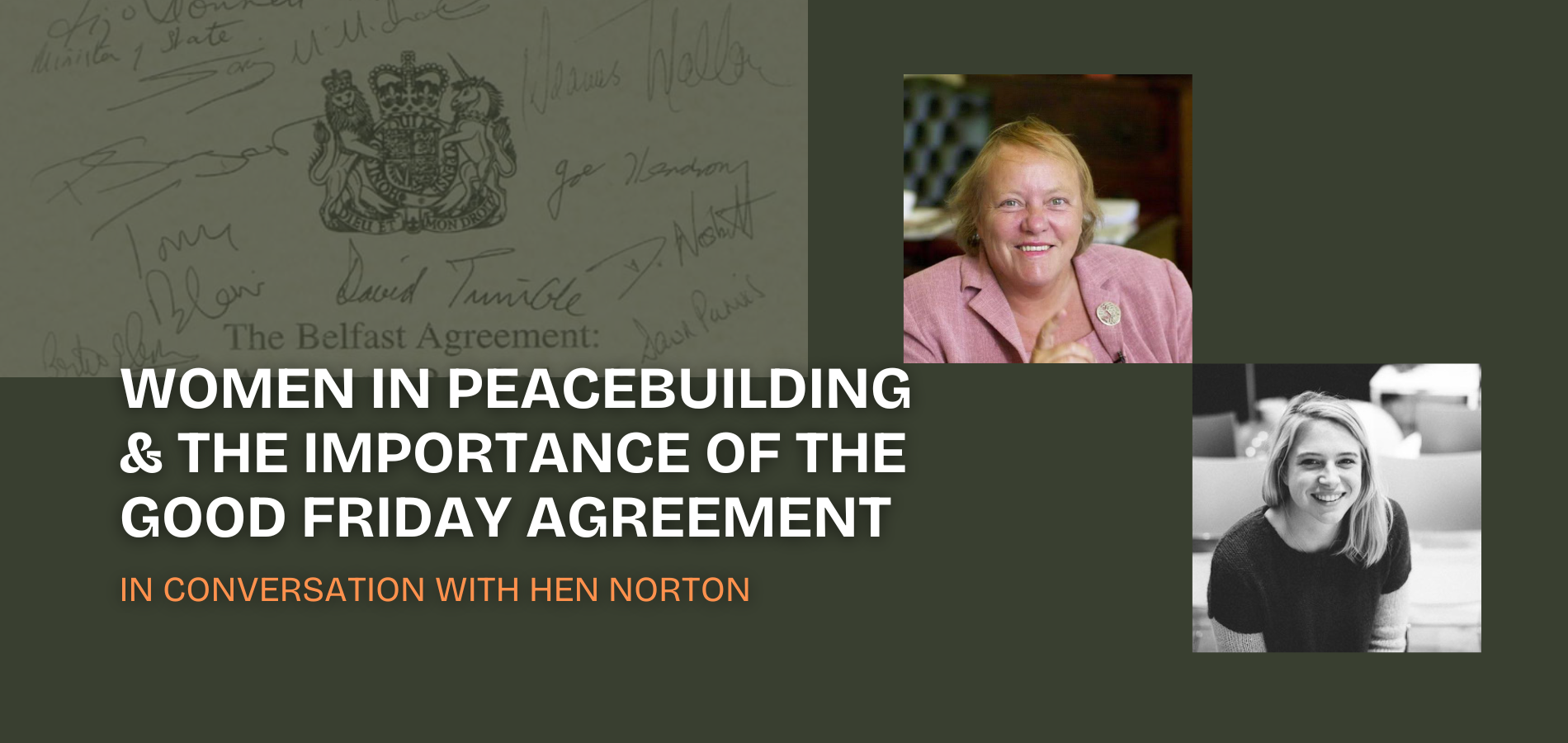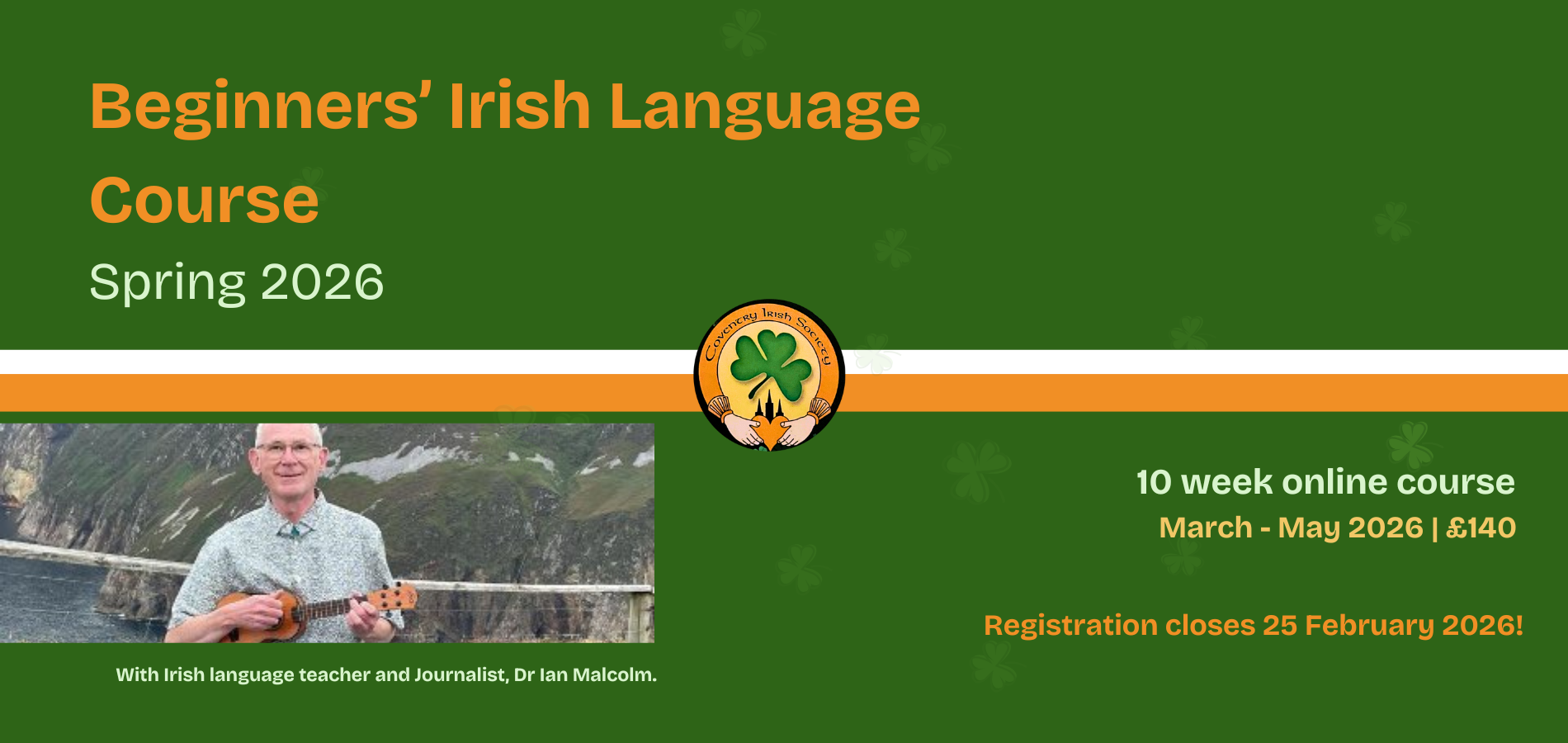In the recent resurgence of power-sharing at Stormont, a much-anticipated development unfolded as the Democratic Unionist Party (DUP) ceased its protest against Parliament, grounded in concerns over the Northern Ireland protocol post-Brexit. As parliamentary activities resume, there are various questions to consider. How did we arrive here? What does it mean? And what is to come?
The chambers of the Northern Ireland Assembly in the Stormont region of East Belfast fell silent in May 2022, marking almost two years of legislative hiatus due to the rejection of the Northern Ireland protocol. The lack of action is undeniably disconcerting, but it is not the first time nor the longest period over which it has occurred, previous suspensions elapsed from 2017-2020 as well as 2002-2007, making a simple 21 month break somewhat of a relief.
On January 30th, DUP leader Jeffrey Donaldson made a pivotal announcement – the restoration of an executive government led by Michelle O’Neill and Emma Little-Pengelly. The catalyst for this breakthrough was the unveiling of the command paper titled "Safeguarding the Union". This comprehensive document aims to streamline domestic imports and foster trade between Great Britain and Northern Ireland, effectively maximising flexibility under the EU/UK deal. A notable outcome of this initiative is the assurance that no routine checks on goods moving between GB and NI will be imposed.
For the first time since Stormont’s founding, Sinn Fein will make up the majority of the assembly. While the first and deputy first ministers share equal power, the historic appointment of Michelle O’Neill as the first republican leader of Northern Ireland carries profound symbolic weight. Mary Lou McDonald, the party leader, claimed last week that Irish unity is within touching distance. While cautioning against undue optimism, the palpable move is noteworthy, particularly given Sinn Féin's popularity in the Republic of Ireland, where an election is anticipated within the next year.
Unsurprisingly, there is a long list of things to do after nearly two years of political paralysis.The UK has offered a £3.3 billion package to stabilise Northern Ireland’s finances which should kickstart some progress. Civil servants, who admirably held the fort during the political impasse, now await the return of elected legislators to fully address the backlog of issues. Resolving public sector pay, exacerbated by a mid-January walkout of 100,000 workers, emerges as an urgent priority. The healthcare sector, mirroring England's struggles, grapples with 79% of patients on waiting lists, significantly surpassing the average in England of 43%. This starkly underscores the detrimental impact of a non-functional legislative body on essential public services.
From the vantage point of the Good Friday Agreement, there emerges significant room for optimism. The agreement, firmly anchored in the principles of power-sharing between unionist and nationalist communities, finds renewed expression in the reunion of an executive government comprising such parties. This, coupled with the restoration of a more stable political environment, propels Northern Ireland toward a governance structure
reflective of the values envisioned by the agreement. As Stormont reengages in political discourse and decision-making, the potential for constructive dialogue, collaborative governance, and positive change beckons on the horizon.



